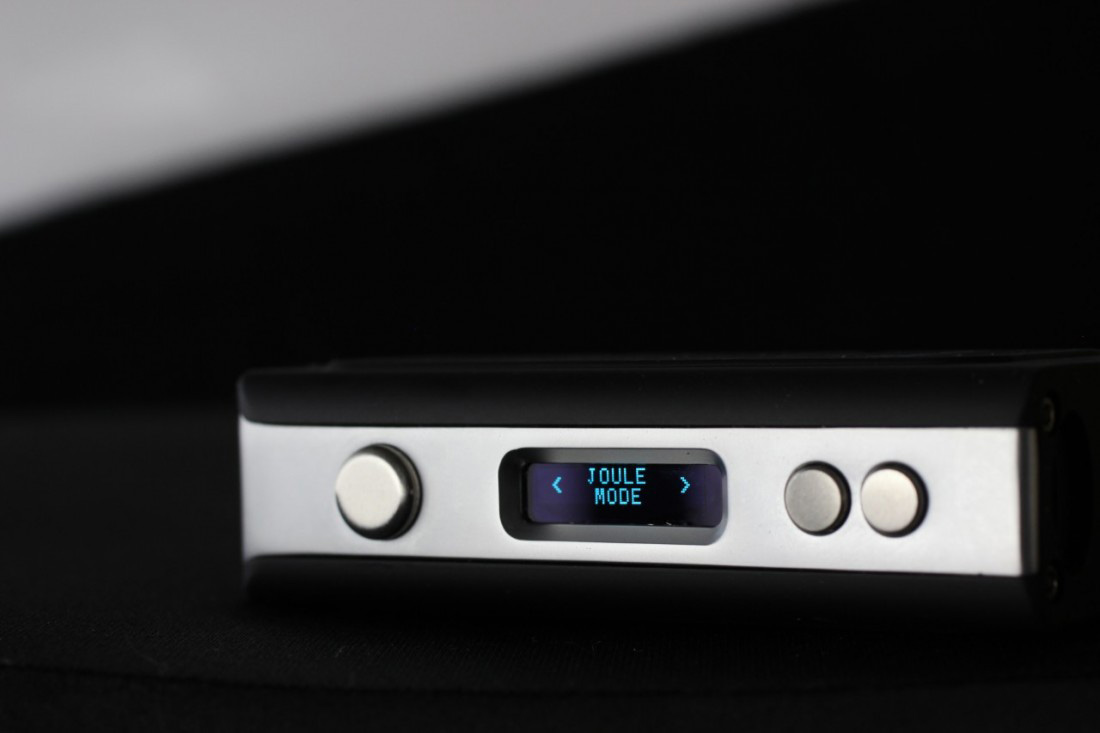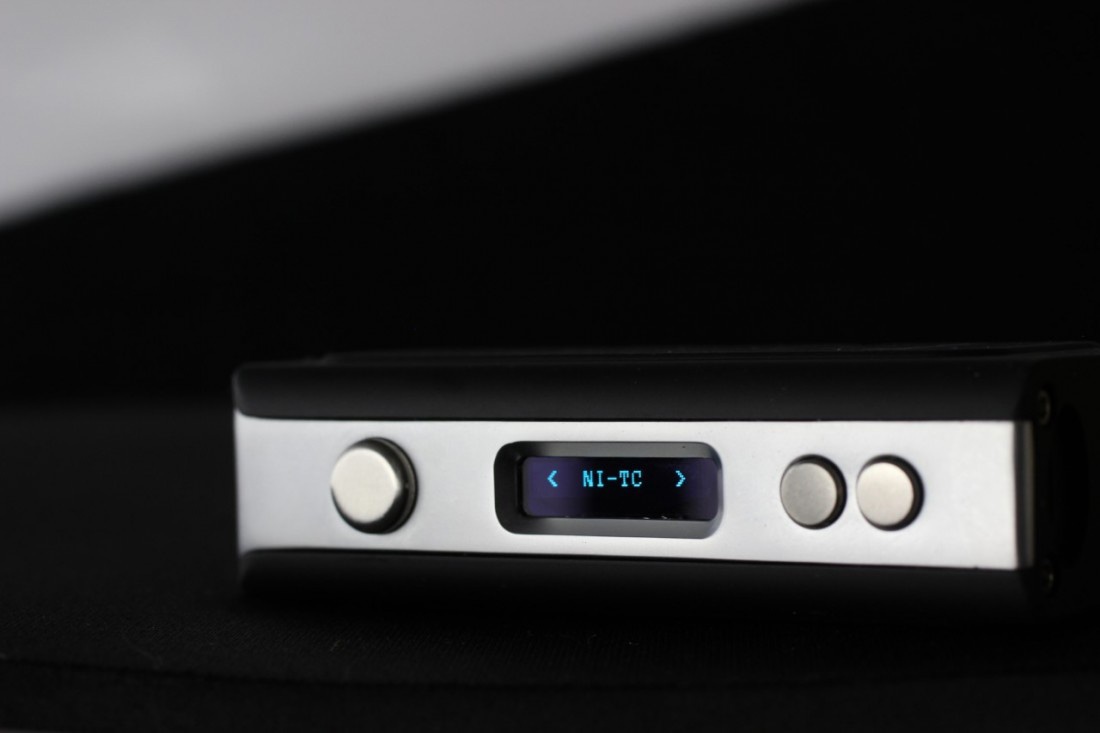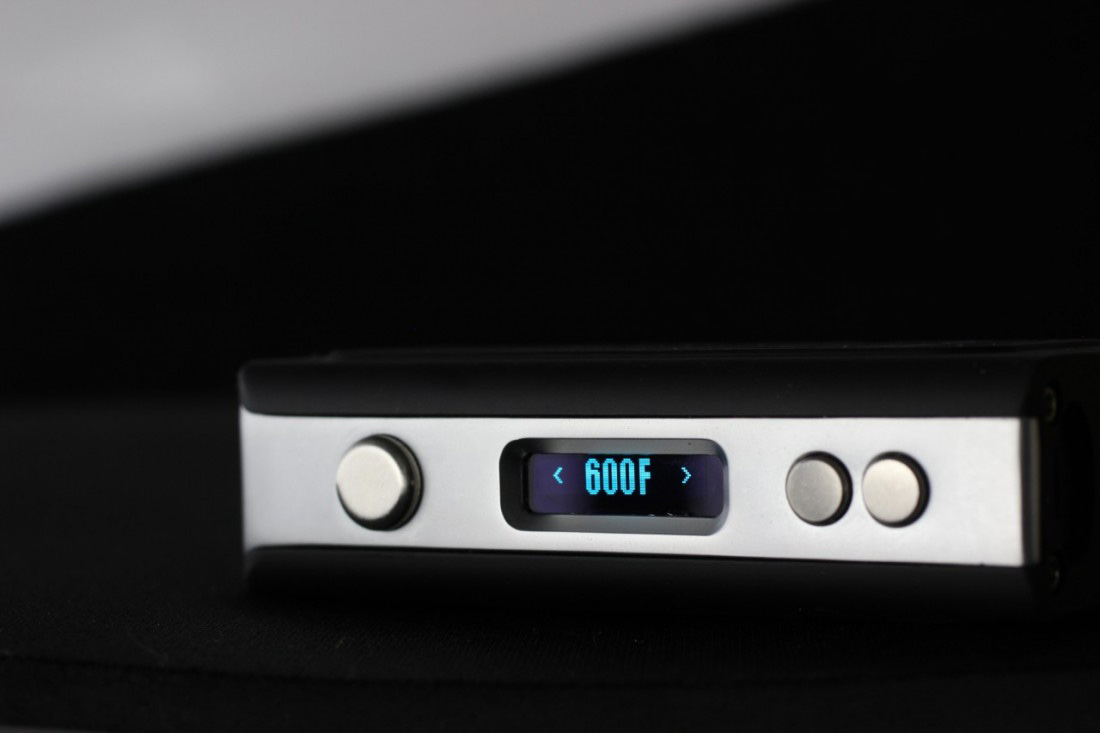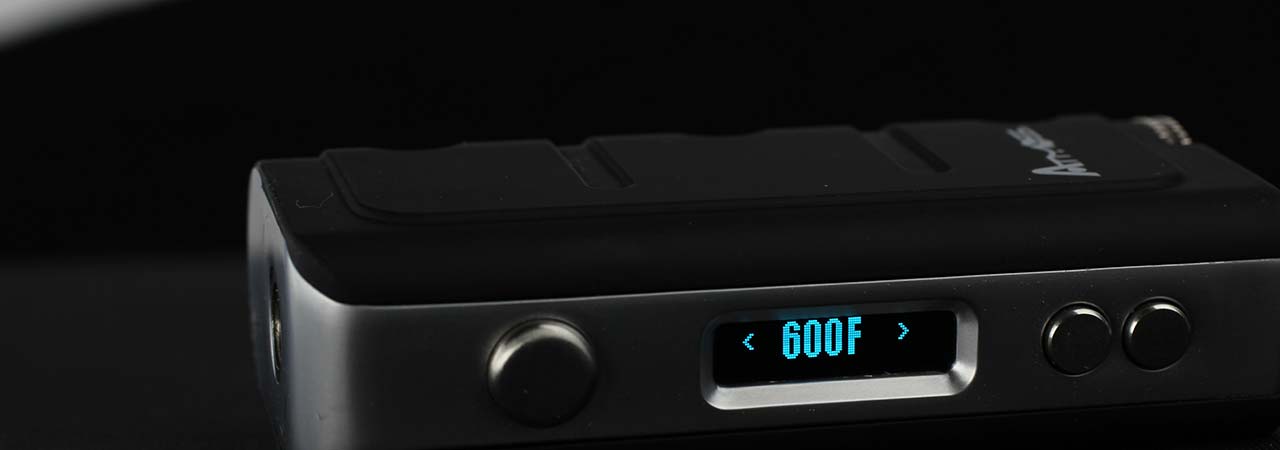If you aren’t familiar with box mods and vaporizers, the idea of a temperature control device may be met with thoughts like: Why would I need something like that, the benefit of that sort of device and that sounds overly complicated for a beginner like myself. However, there are a lot of benefits that you may not know about, and operating a temperature control box mod, is a lot easier than you may think! Today we’re going to do a quick overview of all things temperature control, so strap in, put your learning caps on, and get ready for some schooling.
What Are Temperature Controls?
I feel like this is probably the best place to start for someone that is just starting out with these sort of things, and even if you are well-versed in temperature control technology, it never hurts to get a refresher. Temperature Controls are built-in features of specific vaporizers and box mods that allow you to pick and choose different temperatures to heat your coils, heating chambers, and heating attachments. They limit, adjust, restrict, and even cut off the power being sent to the coil to adjust the actual temperature of the coil itself. This allows your box mod to a few things, for one, it can sense when your liquid atomizers are dry, preventing dry hit, burnt coils and it can keep your vapor cool.
How Do Temperature Controls Work?
Currently there are two types of temperature control setups. The most common is based on time. These timed setups simply supply power to your atomizer in pre-set intervals of time to keep the temperature at a specific range. This type of temperature control set up is common in dry herb vaporizers and wax consistency vaporizers that are designed to work with a specific type of heating chamber. Box mods, on the other hand, are generally equipped with a built in thermometer. This is the second type of temperature control setup, and it’s also the most accurate. The battery communicates with the thermometer, which communicates with the atomizer, which sends information back to the battery, letting it know when to supply more power, restrict the power, or cut-off the power entirely. The reason most box mods use this type of temperature control setup, as opposed to a timed setup, is because of the variety of tanks on the market.
Setting Up Your Temperature Control Settings
Setting up your temperature controls is a lot easier than you think! If you have a temperature control battery, you’re most likely familiar with what temperatures you like and how to operate your own battery. However, if you don’t own one of these, let me give you a basic run down. The first and most important thing is knowing what type of coil you are using in your Tank, RBA, RTA, or RDA. Certain box mods have a variety of different temperature control settings, for NiChrome, Nickel, and Titanium. While others have one temperature control mode that will work with all of these materials. So lets dive into the steps:
1) After attaching the tank you want to use to your battery, lock the resistance. Resistance locking is a standard setting built into most box mods. Check your battery’s manual for detailed instructions on how to lock your atomizers resistance. This provides the battery with an exact number for the resistance, the room temperature, and the base temperature for the coil you are using.

2) Go to the temperature control function for your mod and select the specific temperature control mode for your tank. (example: (Ni) for Nickel, (Ti) for Titanium)

3) Select your desired temperature. We’ll look at a few of the recommended temperature ranges in a general context, but many manufacturers include a recommended temperature setting on their atomizers, or the packaging/manual for their devices. Be sure to check for this kind of information before using your tank with a temperature control battery.

Picking a Temperature
I’ll just start off by throwing out the basic temperature range and then we’ll move onto specifics from there, sound good? Great. 200°C- 250°C / 392°F – 480°F is generally accepted as the general range you should be hanging out in. However, if you know that your tank maybe more sensitive or you prefer a cooler vape, it’s best to start low and move up until you find your sweet spot. Feel free to experiment with it, as certain PG/VG mixes will taste different, even if only slightly, at different temperatures.
Seriously Though, What Even Are Joules?
Newer box mods include Joule controls rather than the standard wattage controls (otherwise known as the power setting). If you’re like, well, pretty much everyone else vaping, you’re asking yourself What the heck is a Joule? Joules are another form of measuring energy. Without weighing you down with too much technical jargon, a joule is 1 amp passing through a resistance of 1 ohm per second. 1 watt equals 1 joule per second. 40 W for 1 second = 40 J 40 W for 3 seconds = 120 J. Confused yet? Don’t be! For the most part it’s just a more accurate way to adjust your settings. And if you’re still insanely confused, let me comfort you with a simple fact: Vaping at 40 Joules is roughly equal to vaping at 40 Watts. Go figure.
Temperature Control Coils and You
Nickel and Titanium are the main coils we talk about when temperature control are involved. This is mainly because Kanthal, what most coils are made out of, is’t compatible with the temperature control systems in most mods, batteries etc. However, it’s important to cover a few safety tips here. First off, titanium and nickel coils are usually low resistance coils. So you need a stronger battery to use them. In addition, you never want to dry fire, or heat without applying liquid, temperature control coils for extended periods of time, especially Nickel coils, though short intervals and pulsing dry fires can be done safely. Aside from that, just make sure you’re using temperature control settings to properly regulate Titanium and Nickel coils on your battery. It’s not recommended that you ever use Titanium or Nickel coils in wattage or voltage settings on your mod.
That’s all I got! I hope you learned a few things, or at least touched up on some information you may have already been aware. Keep checking back for updates, new vaping guides and tutorials on our blog. And remember to stay educated, vape safe!
